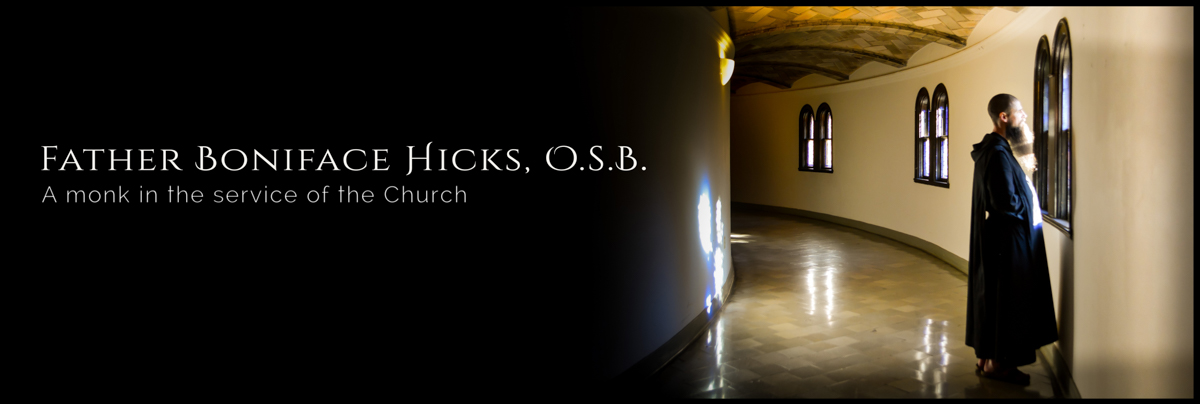
I would like to invite each of you to listen careful to God’s voice in your heart. Listen to his voice. Do not be afraid. Do not be afraid. Open your hearts. Open up your hearts to Christ. The deepest joy there is in life is the joy that comes from God and is found in Jesus Christ the son of God. Jesus is the hope of yours. He is my hope. He is the hope of the world.
You are not alone. With you there are your families, there are your communities there are your priests and teachers. Never, ever give up on hope, never doubt never tire. Be not afraid.
It is Jesus that you seek when you dream of happiness.
He is waiting for you when nothing else you find satisfies you.









